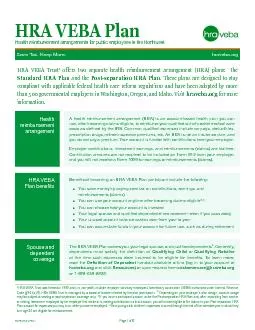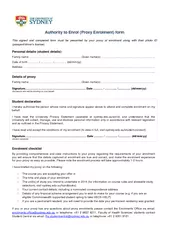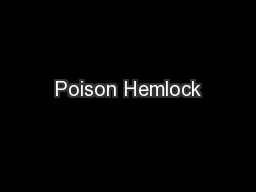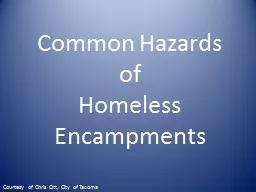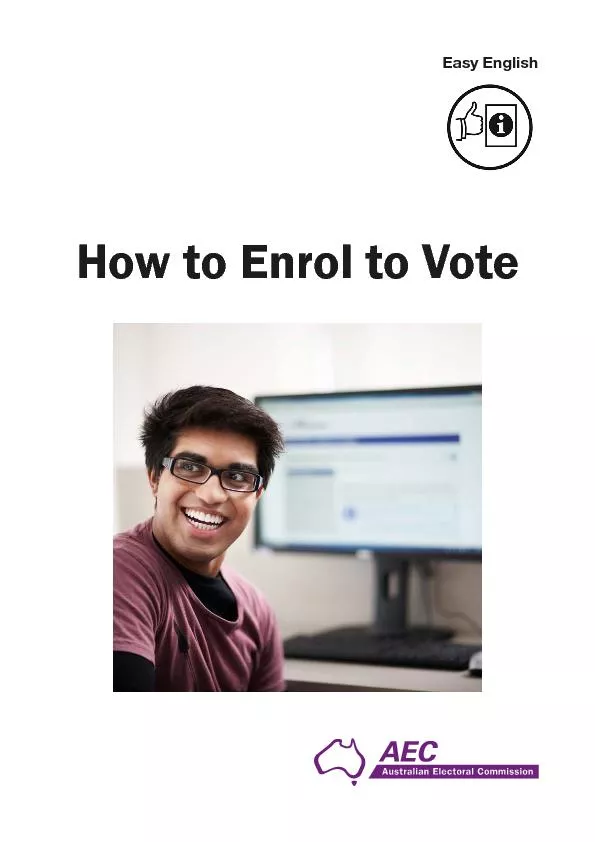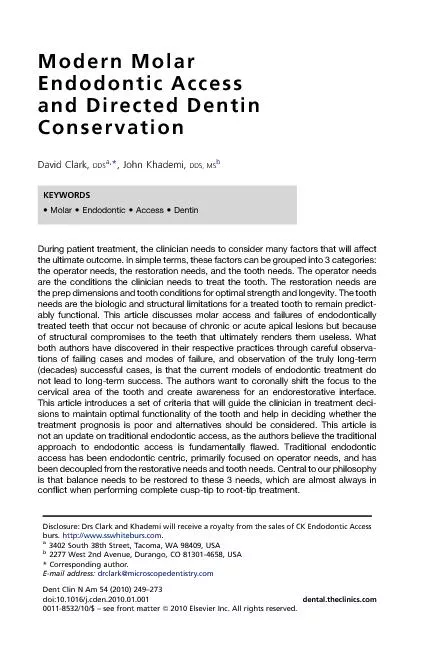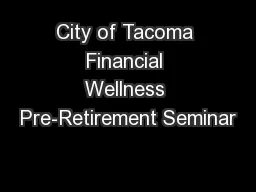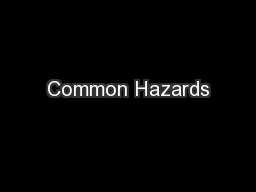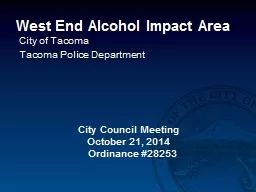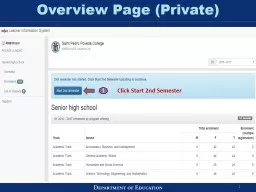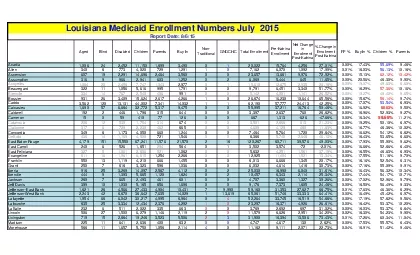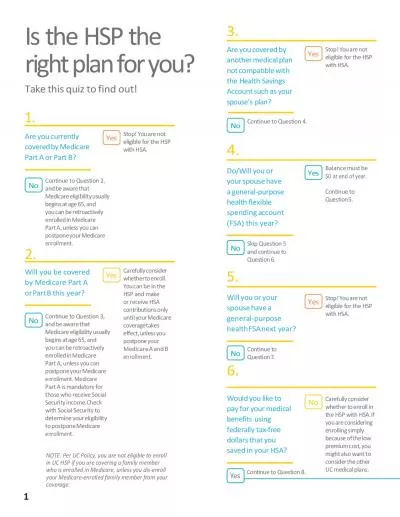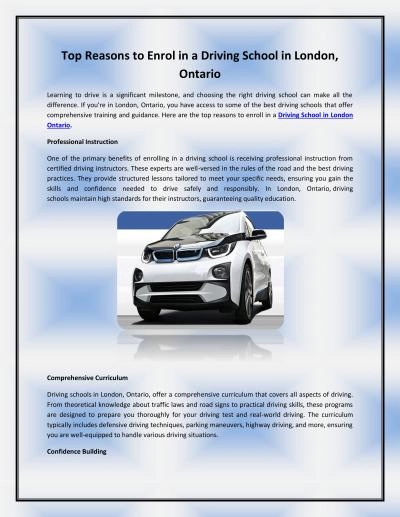PDF-Tacoma / BellevueVancouverTri-CitiesPlan education and group enrol
Author : naomi | Published Date : 2021-03-17
Becoming a participantTypically when you become eligible to participate and receive contributions your employer will give you an HRA VEBA Plan Participant Enrollment
Presentation Embed Code
Download Presentation
Download Presentation The PPT/PDF document "Tacoma / BellevueVancouverTri-Cities..." is the property of its rightful owner. Permission is granted to download and print the materials on this website for personal, non-commercial use only, and to display it on your personal computer provided you do not modify the materials and that you retain all copyright notices contained in the materials. By downloading content from our website, you accept the terms of this agreement.
Tacoma / BellevueVancouverTri-CitiesPlan education and group enrol: Transcript
Download Rules Of Document
"Tacoma / BellevueVancouverTri-CitiesPlan education and group enrol"The content belongs to its owner. You may download and print it for personal use, without modification, and keep all copyright notices. By downloading, you agree to these terms.
Related Documents

